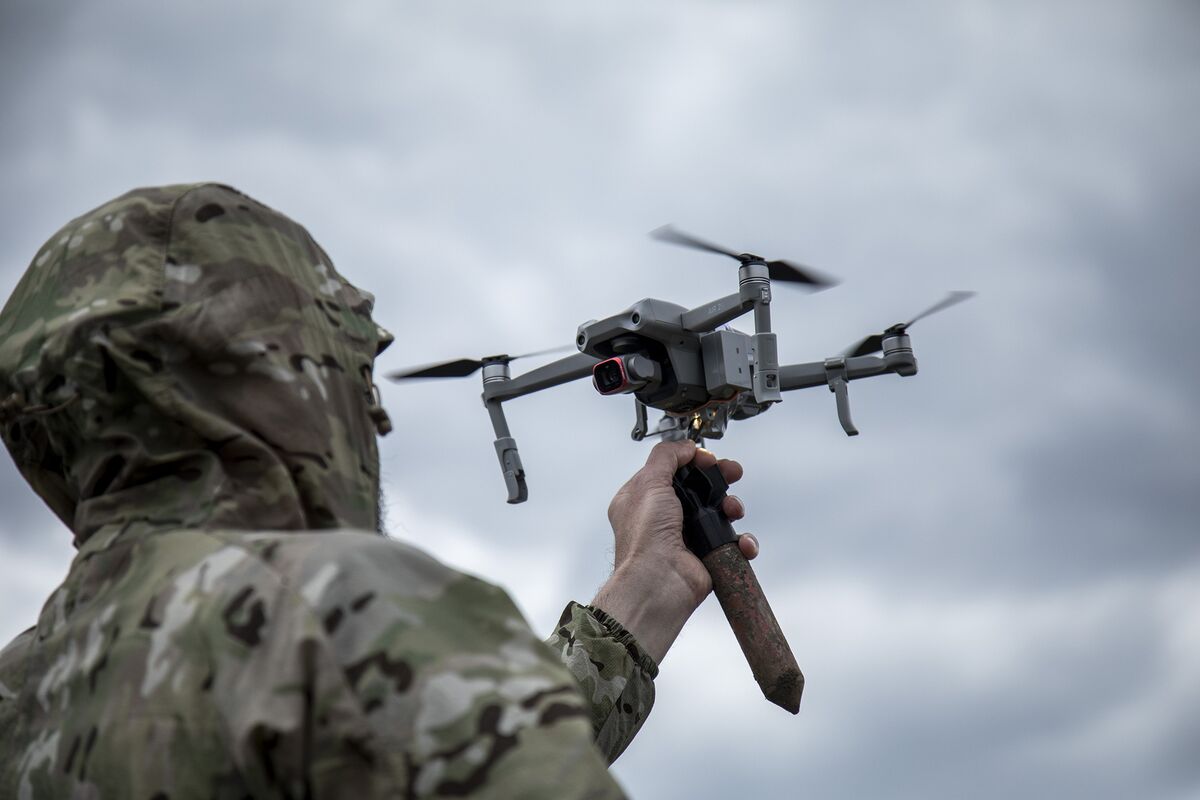
Ukraine’s AI-involved large-scale drone attacks on Russian military airbases last week marked a new phase in modern warfare and exposed the weakness of Russian air defences.
The bold attack on bombers deep in Russia on Sunday sent a message that nowhere was safe in the country. Ukraine’s main counterintelligence agency, the Security Service, said it hit over forty nuclear-capable bombers with UAV drones smuggled into Russia and with involvement of artificial intelligence algorithms and manual operator intervention.
The UAV drones that were smuggled to the Russian territory were concealed in makeshift houses mounted on top of trucks. At designated time, the SBU activated the drones via remote control systems and directed them at deginated Russian military targets.
The attack, codenamed “Spiderweb” introduced a new chapter in the war and in modern warfare. It also sent shockwaves across Russia and exposed Russian army’s vulnerabilities to the modern technology skillfully applied by Ukraine.
Russian investigative committee said it was investigating the attack as terrorism. The Russian Defence Ministry downplayed the attack, stating that the strikes in three military airfields were thwarted. However, according to social media reports, Russia has started removing its bombers from airfields near Ukraine border and relocating them in other Russian territories. According to one Telegram channel, a Tu-160 strategic bomber-missile carrier has been spotted at the Anadyr airfield in Chukotka Peninsula, 6,770 km from Ukraine.
Ukraine’s drone strikes on Russian bombs inflicted Russian army losses worth $US7 billion.